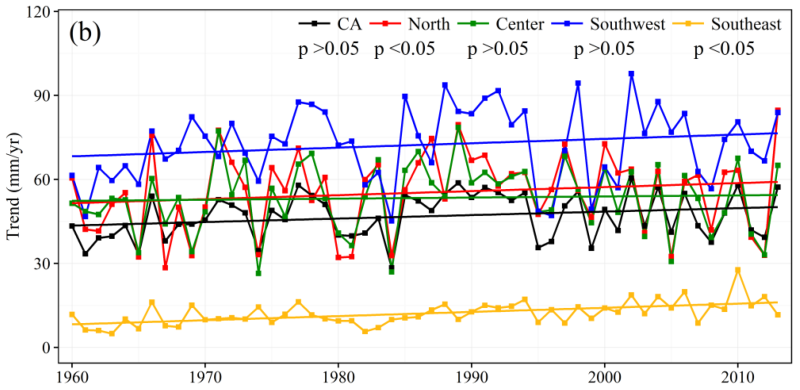I have come across many scientific papers published these past two calendar years which support the climate realist perspective, and thought them of such significance that I should share them here, in my climate realist paper update series of blog posts. However, I have not gotten around to sharing them. So, I am setting out to share with you as much climate realist research that has been published this year as I can, because what I have shared so far is only a fraction of all the papers that I am sitting on that are significant enough to be shared. Be prepared-there will be more posts like this coming yet, with both older and newer papers from this year, and hopefully I will be able to turn out these posts in quick succession.
Please also note that I am constantly working to improve this blog; it is under construction, as the header says. So this will mean that old posts and resources are subject to change, but for the better.
First is Elevated CO2 maintains grassland net carbon uptake under a future heat and drought extreme (press release here). As mentioned above, this paper, as with some others, is quite old by this post series’ standards, but it’s highly important, and worth sharing. It finds that the beneficial effects of rising CO2 on plants, during future projected extreme climatic events (such as heatwaves), outweighs the negative effects of such extreme climatic events on net carbon uptake. This is great news, since it implies a negative feedback, because increased carbon uptake from the atmosphere means more plant growth and less carbon in the air, so less warming. This research is in stark contrast to some research projecting carbon uptake decreases with warming, but some other research casts doubts on fears over a strong positive feedback from carbon uptake decreases as well.
Second is Increasing Winter Precipitation over Arid Central Asia under Global Warming. It finds that winter precipitation in the highly arid region of Central Asia has been increasing recently, and will continue to increase with further global warming. In addition, while the paper finds no significant annual trend for all of Central Asia, Southeast Central Asia displays robust increases in precipitation in all seasons. This is great news, and is especially interesting in light of the next paper I will highlight.

Trends in winter precipitation across Central Asia. Note that precipitation in all subregions is increasing significantly. From Song and Bai 2016.
Third is Elevated CO2 as a driver of global dryland greening. It finds that the world’s dry regions are greening, and that this is likely due to increases in CO2 concentration (similar conclusions about global greening have been reached by other recently published papers, press releases here and here). The rising CO2 levels make plant water saving more efficient and thus increase available soil water and stimulate plant growth. As other posts have noted, the effects of increasing CO2 are diverse, and both positive and negative. One highly important positive effect of increasing CO2 levels is the numerous benefits plants receive from having what is essentially more food. This is great news, and as mentioned above, this research is especially interesting since increasing CO2, through modification of the hydrological cycle, is also apparently increasing precipitation in some dry regions of the world, so plants may be receiving, at least in some areas, a double benefit from rising CO2 levels.
One thought on “A highlight of recent research supporting the climate realist perspective #10”